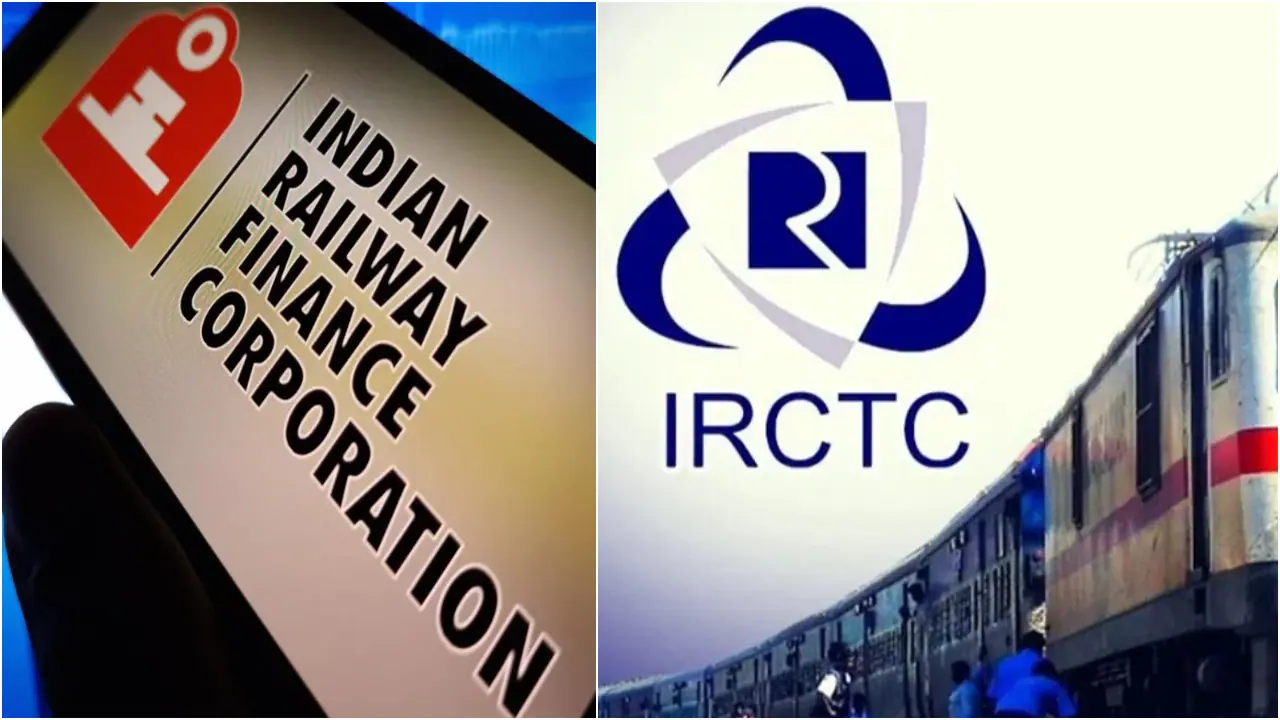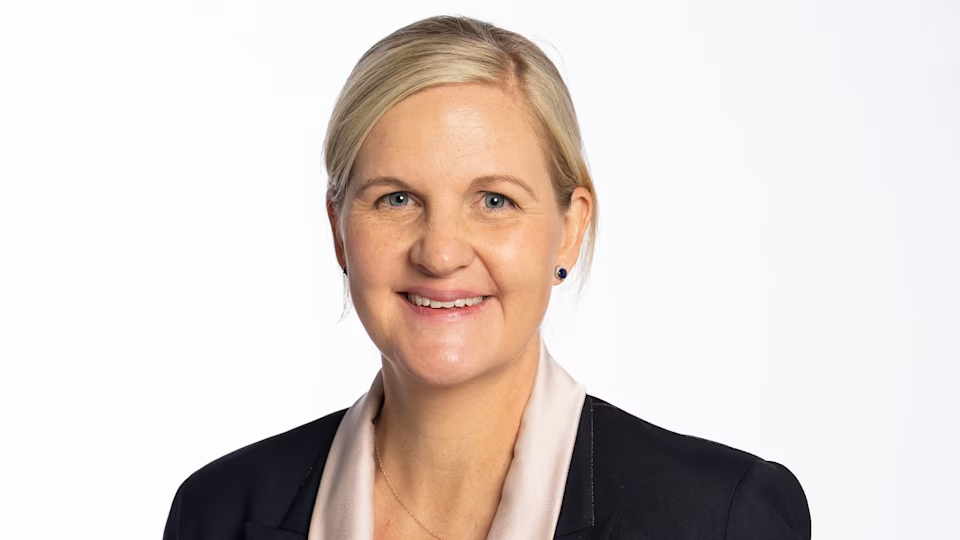- Courses
- GS Full Course 1 Year
- GS Full Course 2 Year
- GS Full Course 3 Year
- GS Full Course Till Selection
- CSAT
- 5 LAYERED ARJUNA Mentorship
- Public Administration Optional
- Online Program
- GS Recorded Course
- NCERT Batch
- Polity Module Course
- Geography Module Course
- Economy Module Course
- AMAC Module Course
- Modern India, Post Independence & World History Module Course
- Environment Module Course
- Governance Module Course
- Science & Tech. Module Course
- International Relations and Internal Security Module Course
- Disaster Management Module Course
- Ethics Module Course
- Essay Module Course
- Current Affairs Module Course
- ABOUT US
- OUR TOPPERS
- TEST SERIES
- FREE STUDY MATERIAL
- VIDEOS
- CONTACT US
India Slips to 129 on Global Gender Gap Index
India Slips to 129 on Global Gender Gap Index
25-07-2024
In June,2024 the World Economic Forum released the 18th edition of its annual Global Gender Gap Report for 2024, comprehensively benchmarking gender parity across 146 economies worldwide.
What is the Global Gender Gap Index?
- It, an annual report, benchmarks countries on their progress towards gender parity in 4 Key dimensions with Submatrices. The Global Gender Gap Index Framework
-
- Economic Participation and Opportunity
- Educational Attainment
- Health and Survival
- Political Empowerment
-
- On each of the 4 sub-indices as well as on the overall index the GGG index provides scores between 0 and 1, where 1 shows full gender parity and 0 is complete imparity.
- Objectives:
- To serve as a compass to track progress on relative gaps between women and men in health, education, economy and politics.
Key Findings of the Report
- The 2024 Index shows that while no country has achieved full gender parity, 97% of the economies included in this edition have closed more than 60% of their gap, compared to 85% in 2006.
- The global gender gap score in 2024 is 68.5%, meaning 31.5% of the gap remains unaddressed. Progress has been extremely slow, with only a 0.1% point improvement from 2023.
- At the current rate, it will take 134 years, until 2158, to reach full gender parity globally far beyond the 2030 Sustainable Development Goal (SDG) target.
- The gender gaps remain largest in Political Empowerment (77.5% unaddressed) and Economic Participation & Opportunity (39.5% unaddressed).
Top-Ranking Countries:
- Iceland (93.5%) remains the world's most gender-equal society for the 15th consecutive year. It also continues to be the only economy to have closed over 90% of its gender gap.
- It is followed by Finland, Norway, New Zealand and Sweden in the top 5 rankings.
- 7 out of the top 10 countries are from Europe (Iceland, Finland, Norway, Sweden, Germany, Ireland, Spain).
- Spain and Ireland made notable jumps into the top 10 in 2024, climbing 8 and 2 ranks respectively compared to 2023.
Regional Performance:
- Europe leads with 75% of its gender gap closed, followed by Northern America (74.8%) and Latin America & Caribbean (74.2%).
- The Middle East and North Africa region ranks last at 61.7% of its gender gap closed.
- Southern Asia region ranks 7th out of 8th regions with a gender parity score of only 63.7%, an improvement of 3.9 percentage points since 2006.
- However, 6 out of the 7 economies in this region, including India, are ranked below the top 100. Only Bangladesh, for the 1st time in the region, has achieved a double-digit rank of 99.
Economic & Employment Gaps:
- Women's workforce representation lags behind men's across nearly every industry and economy at 42% overall and only 31.7% in senior leadership roles.
- The "leadership pipeline" shows a 21.5%-point drop from entry-level to managerial level for women globally.
- Women's hiring into leadership roles deteriorated in 2023-24 due to worsening economic conditions.
Technology & Skills Gaps:
- Women remain underrepresented in STEM (Science, Technology, Engineering, and Mathematics) at 28.2% of that workforce versus 47.3% in non-STEM roles.
- Gender gaps exist in skills like AI, big data and cybersecurity which will be crucial for the future of work.
India Fared in the Gender Gap Report 2024?
- India has slipped two places in the global rankings to 129th in 2024 from 127th in 2023 out of 146 countries.
-
- Within South Asia, India ranked 5th after Bangladesh, Nepal, Sri Lanka, and Bhutan. Pakistan ranked last in the region.
-
- Economic Parity: India is among the countries with the lowest levels of economic parity, with less than 30% gender parity in estimated earned income.
- Political Empowerment: India ranked 65th globally in political empowerment of women and 10th in parity of years with female/male heads of state over the past 50 years.
- Gender Gap Closure: India has closed 64.1% of its gender gap as of 2024. The slip in ranking from 127th to 129th was primarily due to small declines in 'Educational Attainment' and 'Political Empowerment' parameters, although 'Economic Participation' and 'Opportunity' scores saw slight improvements.
Indian Initiatives to Reduce Gender Gap in Social, Economic and Political Life
- Beti Bachao Beti Padhao
- Mahila Shakti Kendra
- Mahila Police Volunteers
- Rashtriya Mahila Kosh
- Sukanya Samriddhi Yojna
- Kasturba Gandhi Balika Vidyalaya
- Political Reservation: The government has reserved 33% of the seats in Panchayati Raj Institutions for women.
- The Constitution (106th Amendment) Act, 2023, has also reserved one-third of all seats for women in Lok Sabha, State legislative assemblies, and the Legislative Assembly of the National Capital Territory of Delhi, including those reserved for SCs and STs.
- Female Entrepreneurship: To promote female entrepreneurship, the Government has initiated Programmes like Stand-Up India and Mahila-e-Haat (an online marketing platform to support women entrepreneurs/SHGs/NGOs), Entrepreneurship and Skill Development Programme (ESSDP).



